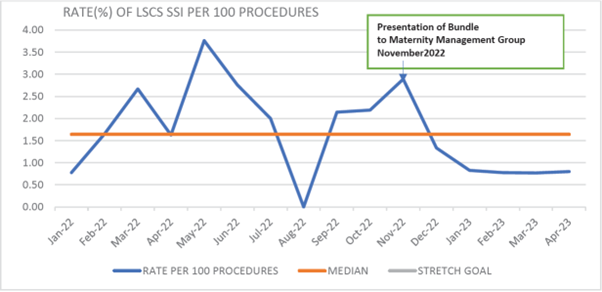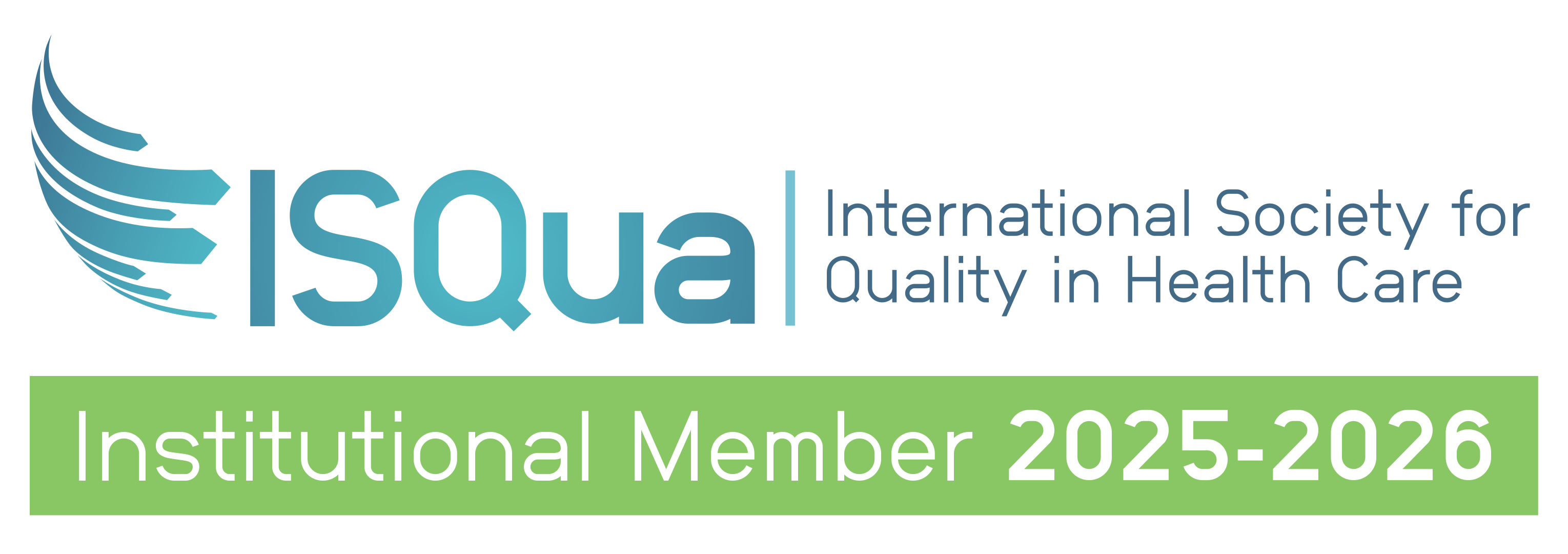
QI In Action: Improving Wound Management and Infection Rates following Caesarean Sections
We spotlight QIL Participant, Mrs Georgie Kakoulis’ inspiring QIL project, which improved the infection rates among patients that underwent caesarean sections at Women and Children’s Health Network.
The Quality Improvement Lead (QIL) Program is a 9-month training course run by the ACHS Improvement Academy, supporting participants in implementing quality improvement projects within their own organisations.
Mrs Georgie Kakoulis, Adv Nurse Consultant Infection Control at the Women and Children’s Health (WCH) Network, worked on a project, titled ‘Reducing Surgical Site Infection Rate after Lower Segment Caesarean Sections’, focusing on a collaborative and multidisciplinary approach to effectively reduce infection rates.
WCH Hospital is South Australia’s largest maternity and obstetric services, with approximately five thousand babies born at the hospital each year.
Improvement initiatives that introduce change in healthcare can sometimes encounter challenges, and this project demonstrates how opening discussions around improvement can make a difference.
Project Background
There was a concern for the rise in surgical site infection (SSI) rates following Lower Segment Caesarean Sections (LSCS) at the WCH Hospital. In just one year, infection rates increased from 0.8 per 100 procedures in 2021 to 2.0 per 100 in 2022, prompting an urgent review of the issue.
The aim of this project was to reduce the SSI rate for patients after caesarean sections to less than 1% within 12 months.
Identifying Key Factors Contributing to Surgical Site Infections
Healthcare-acquired infections are among the most common complications affecting hospital patients. They contribute to prolonged hospital stays, increased costs, and unnecessary pain and suffering for patients and their families.
In the case of WCH Hospital, several factors were identified to contribute to infections, including:
-
Poor communication and documentation of high risk-women
-
A lack of specific guidelines for wound dressing/ care
-
Inconsistencies with surgery technique, and the right dressings and management for women’s needs
-
Unavailability of nurses to attend ward for visual assessment of wound
The identified factors arise at various stages, from pre-operative to the post-operative stages, and infection can be linked to various aspects of care facilitation including the processes, practice, people, policies, equipment and the environment of delivering care.
Recognising the complexity of infection control, a multidisciplinary team was formed, comprising of obstetricians, nurses, a pharmacist, an infection control specialist, and quality improvement staff, to develop and implement timely and effective interventions.
While a comprehensive procedure was developed, progress was hindered by notable delay in receiving feedback and securing final approval for the procedure, primarily because of resistance towards change. Simultaneously, a personnel change occurred leading to the re-establishment of working group meetings.
Driving Future Initiatives in Reducing Infections
Despite facing barriers to implementation, the project prompted greater awareness and discussions around key issues. Preliminary results show a decrease in LSCS SSI to 0.8 per 100 procedures (Figure 1). Regular audits, feedback mechanisms and continuous quality improvement initiatives will continue to be in place to ensure compliance and ongoing monitoring of outcomes.
Moving forward, further education on wound management is to be provided. Wound champions will be allocated to the postnatal ward, and a business case for a wound nurse will be presented to the hospital executive. There are plans to develop a codesigned bundle of care that is culturally appropriate for consumers that were identified as the most prevalent group of getting a LSCS SSI.
Figure 1

Explore projects from QIL Program Graduates
You can read more projects like this in the QIL Projects Summary booklet undertaken by QIL 2021-2023 participants over the course of our 9-month program.
The booklet contains summaries of real work-based improvement projects across various healthcare categories including acute healthcare, community, drug and alcohol services, partnering with consumers and more. The Project Summaries 2021-2023 booklet is available for viewing here.
Keen to hear more about the QIL Training?
Our next QIL Training Program will start in February 2025. Click here to view full details.

